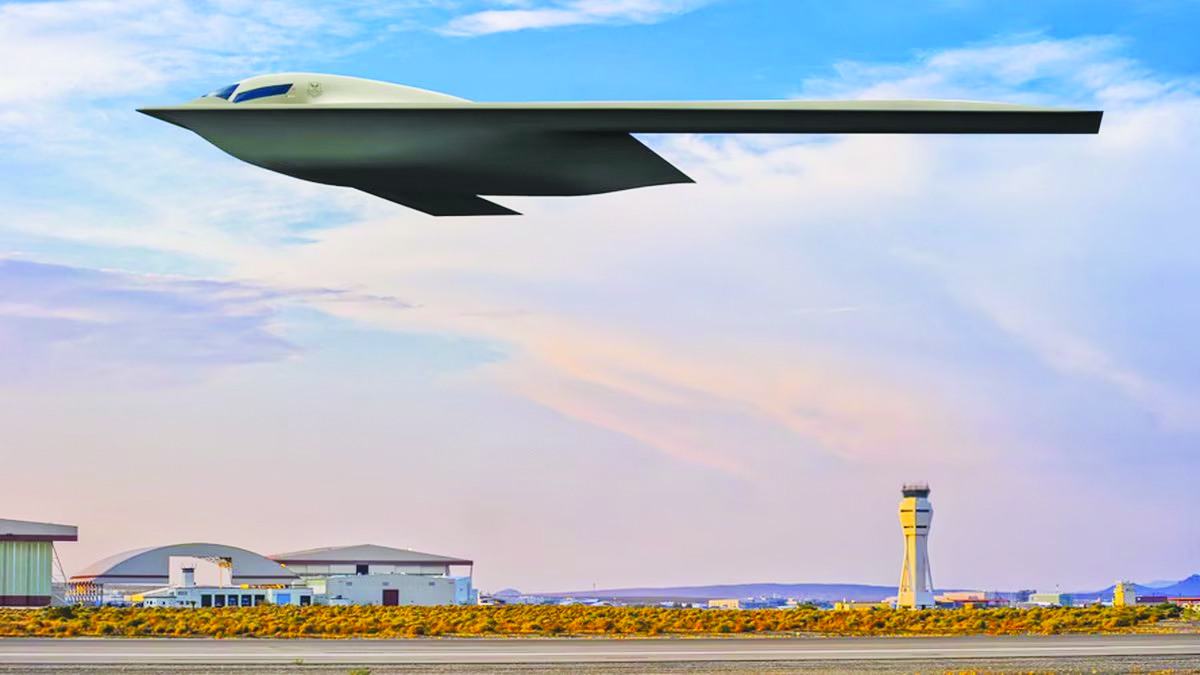Image: Shutterstock
Blog Editor’s Note: A good article making the point that the future is GPS+ – GPS signals melded with, supported by, and cooperating with other PNT sources.
There have been a number of articles talking about NTS-3 and other systems that are “the future of GPS.” One of the challenges with these for most GPS users is that these systems are military-only. If taken literally, civil users could be quite concerned as the military, per the DOD PNT Strategy, moves towards systems that are not available for civil use.
Not an immediate concern, in any case. GPS will be around for a good long while because there are so many systems and apps that just have to have it.
Plus the U.S.’s nuclear detonation detection system is hosted on GPS satellites. A capability we are likely going to want to have around for quite some time.

What does the future hold for military and commercial systems dependent on current GPS?

Artists rendering of the B-21 raider, which is being produced by Northrup Grumman for the U.S. Air Force to operate in tomorrow’s high-end threat environment. (Image: U.S. Air Force)
With assured positioning, navigation and timing (APNT) and low-Earth orbit PNT (LEO PNT) coming on strong, what does the future hold for military and commercial systems dependent on the current configuration of GPS? Should military and commercial platforms be modified to include APNT, for now, with an eye to adding LEO PNT in the future? Should they integrate these two systems, or rely on one or the other as standalone systems?
Government and industry agree that interference with GPS and all GNSS is an increasing threat as jamming and spoofing technologies evolve. This has prompted government support for APNT to bolster GPS. A Feb. 12, 2020, Executive Order required a comprehensive update to national policy on PNT services by the federal government, and by owners and operators of critical infrastructure to strengthen the resilience of critical infrastructure.


